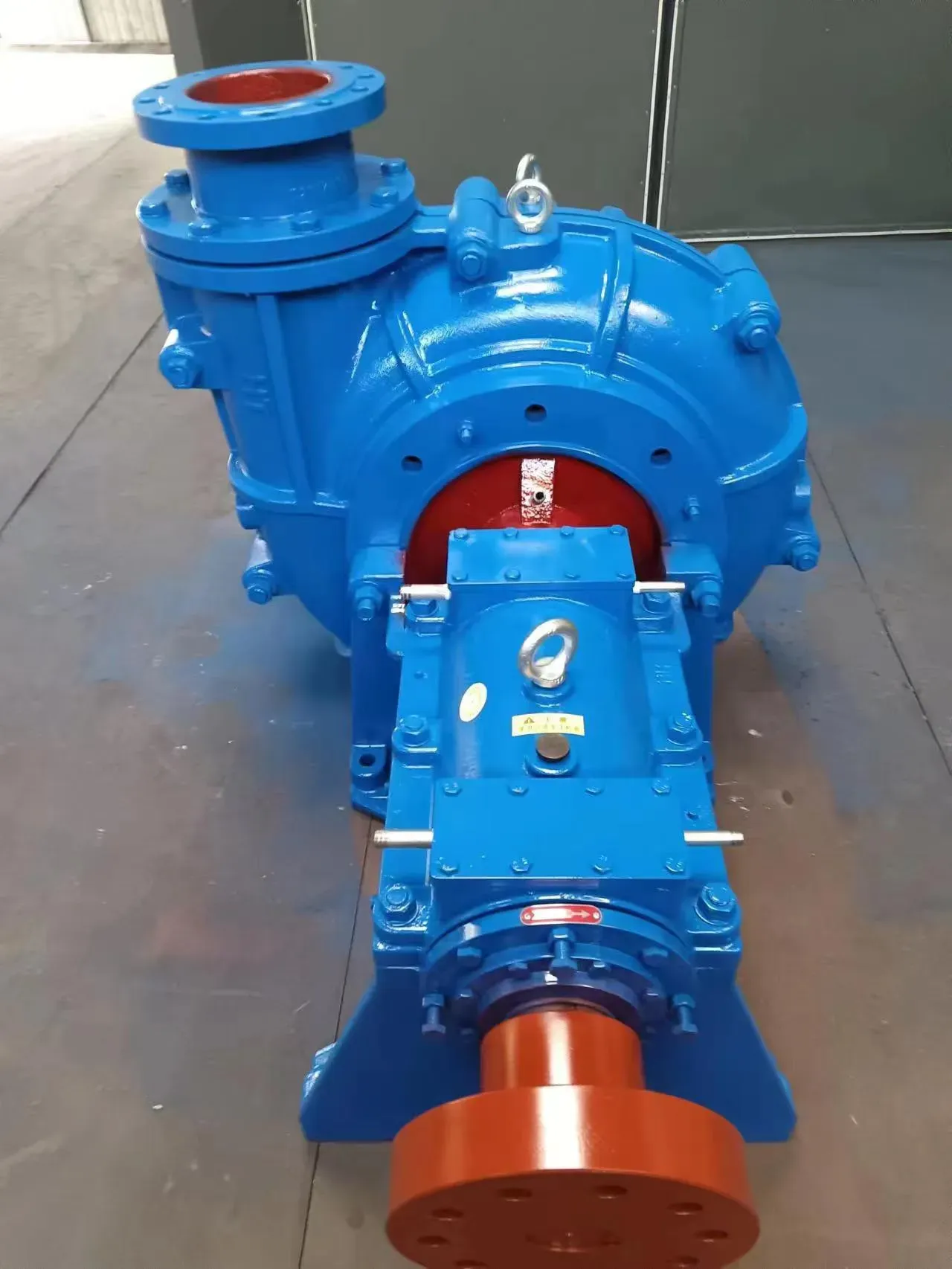English
- Afrikaans
- Albanian
- Amharic
- Arabic
- Armenian
- Azerbaijani
- Basque
- Belarusian
- Bengali
- Bosnian
- Bulgarian
- Catalan
- Cebuano
- Corsican
- Croatian
- Czech
- Danish
- Dutch
- English
- Esperanto
- Estonian
- Finnish
- French
- Frisian
- Galician
- Georgian
- German
- Greek
- Gujarati
- Haitian Creole
- hausa
- hawaiian
- Hebrew
- Hindi
- Miao
- Hungarian
- Icelandic
- igbo
- Indonesian
- irish
- Italian
- Japanese
- Javanese
- Kannada
- kazakh
- Khmer
- Rwandese
- Korean
- Kurdish
- Kyrgyz
- Lao
- Latin
- Latvian
- Lithuanian
- Luxembourgish
- Macedonian
- Malgashi
- Malay
- Malayalam
- Maltese
- Maori
- Marathi
- Mongolian
- Myanmar
- Nepali
- Norwegian
- Norwegian
- Occitan
- Pashto
- Persian
- Polish
- Portuguese
- Punjabi
- Romanian
- Russian
- Samoan
- Scottish Gaelic
- Serbian
- Sesotho
- Shona
- Sindhi
- Sinhala
- Slovak
- Slovenian
- Somali
- Spanish
- Sundanese
- Swahili
- Swedish
- Tagalog
- Tajik
- Tamil
- Tatar
- Telugu
- Thai
- Turkish
- Turkmen
- Ukrainian
- Urdu
- Uighur
- Uzbek
- Vietnamese
- Welsh
- Bantu
- Yiddish
- Yoruba
- Zulu
Telephone: +86 13120555503
Email: frank@cypump.com
Nov . 07, 2024 14:11 Back to list
Choosing the Right Submersible Sewer Pump for Efficient Wastewater Management
Submersible Sewer Pumps An Essential Component of Modern Wastewater Management
In today's rapidly urbanizing world, effective wastewater management has become increasingly critical. Among the various technologies employed to facilitate this process, submersible sewer pumps stand out as a crucial component in ensuring that sewage is efficiently transported from residential and industrial areas to treatment facilities. Understanding their function, benefits, and applications is essential for anyone involved in plumbing, construction, or environmental management.
Submersible sewer pumps are designed to operate while submerged in sewage or wastewater. These pumps are installed below the water level, making them ideal for applications where the sewage must be pumped from a lower elevation to a higher elevation for treatment. Their unique design allows them to handle both liquids and solid waste materials, which is vital in wastewater scenarios where debris is often present.
One of the most significant advantages of submersible sewer pumps is their ability to eliminate the need for a separate discharge piping system. Traditional above-ground pumps typically require a series of pipes to transport sewage from lower regions to treatment plants. In contrast, submersible pumps function directly within the sewage, reducing installation complexity and minimizing the footprint of the pumping system. This characteristic makes them particularly valuable in urban areas where space is at a premium.
Additionally, submersible sewer pumps are designed to withstand harsh conditions. These pumps are typically constructed from corrosion-resistant materials, ensuring durability and longevity in an environment where they are frequently exposed to aggressive substances. Furthermore, because they operate underwater, the noise levels generated are substantially lower than those of above-ground systems, which can be a significant benefit in residential settings.
submersible sewer pump

The performance of submersible sewage pumps is measured by their flow rate and head pressure. Flow rate refers to the volume of liquid a pump can move within a specific timeframe, while head pressure is the height to which the pump can raise the sewage. When selecting a pump, it is crucial to consider these factors, as they directly affect the pump's efficiency in various applications.
Submersible sewer pumps are widely utilized in a variety of settings. They are commonly found in residential areas, where they help to manage sewage from homes that are situated below the local sewage system's gravity flow. They are also integral to municipal wastewater treatment facilities, industrial applications, and construction sites where dewatering is required. Moreover, they play a vital role in emergency sewage management, especially during flooding events, as they can quickly remove excess water and prevent widespread damage.
Despite the many advantages, it is essential to ensure that submersible sewer pumps are regularly maintained. Periodic inspections and servicing can prevent breakdowns, extend the pump's lifespan, and ensure optimal performance. Operators should monitor for common issues such as clogging, wear and tear, and electrical failures.
In conclusion, submersible sewer pumps are indispensable for managing wastewater effectively in both urban and rural settings. Their ability to operate efficiently in challenging conditions, coupled with their compact design and noise reduction features, make them a preferred choice for various applications. As urban environments continue to grow, the role of these pumps will only become more critical in safeguarding public health and maintaining environmental standards. Understanding their function and maintenance is essential for ensuring they continue to operate effectively in the face of evolving wastewater challenges.
-
ISG Series Vertical Pipeline Pump - Chi Yuan Pumps Co., LTD.
NewsJul.30,2025
-
ISG Series Vertical Pipeline Pump - Chi Yuan Pumps Co., LTD.|energy-efficient fluid handling&industrial durability
NewsJul.30,2025
-
ISG Series Vertical Pipeline Pump - Chi Yuan Pumps | Advanced Engineering&Industrial Efficiency
NewsJul.30,2025
-
ISG Series Pipeline Pump - Chi Yuan Pumps | High Efficiency, Energy Saving
NewsJul.30,2025
-
ISG Series Vertical Pipeline Pump-Chi Yuan Pumps|High Efficiency&Reliable Performance
NewsJul.29,2025
-
ISG Series Vertical Pipeline Pump|High Efficiency&Low Noise
NewsJul.29,2025










